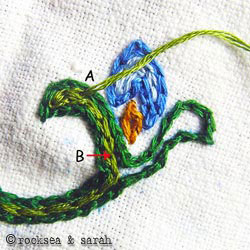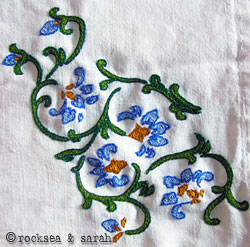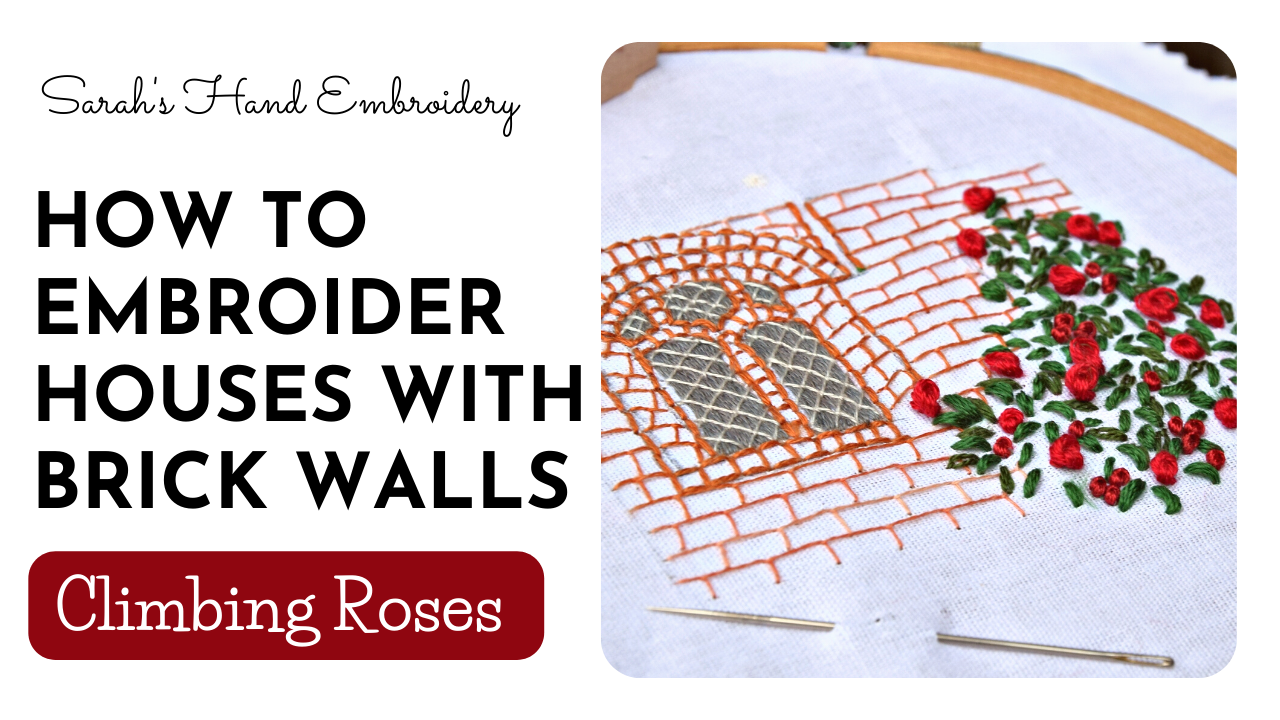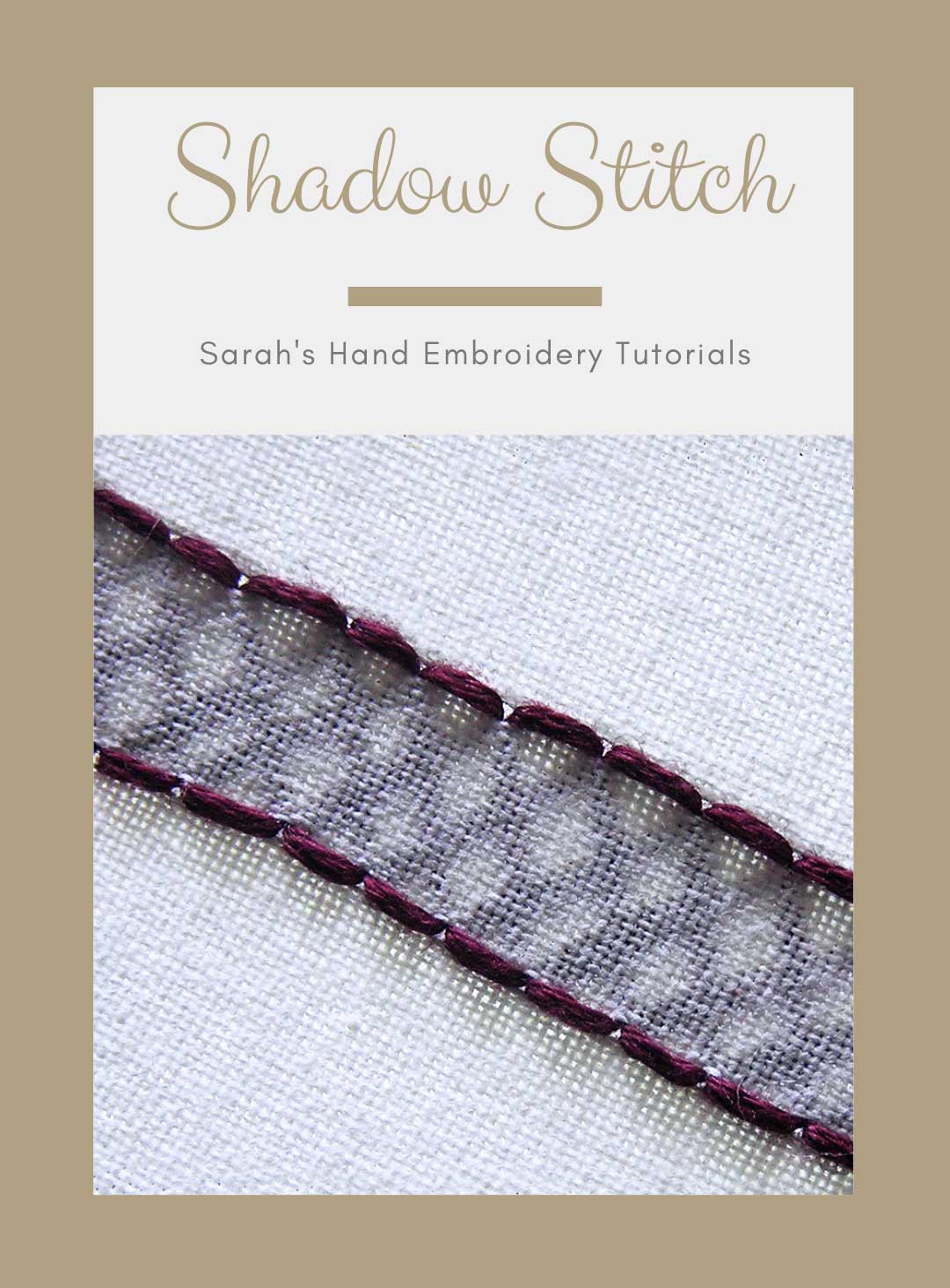Zalakdozi uses concentric rings to fill a pattern. There are a lot many styles in which a pattern can be filled, like using various shades of the same color for the various rings. I have used darker shades to do the outline and lighted and paler shades to fill the inside. The only time a concentric ring is not used is when there is no space to go roundabout and allows you a journey of chain stitch only one way.
 |
 |
| Fig 1: First, I traced out a floral design onto a linen cloth, using carbon paper. | |
 |
Fig 2: Start by doing the outline using the Chain Stitch. I have used deeper colors for the outlining. |
 |
Fig 3: Once the outline is done, I start to fill in the inside using a paler or lighter colors/shades. The filling is done in concentric rings following the shape of the motif. Do not leave any visible space between each ring. At the same time, do not make it too tightly packed. The chain stitch must lay relaxed to give it a ‘Zalakdozi’ effect. |
 |
Fig 4: While some parts of the pattern get filled with just one ring of the paler color, some others might require more rings to get filled. Some patterns might require just a single Lazy Daisy stitch to get filled. |
 |
Fig 5: The Zig-Zag Chain stitch can be used to make sharp turns while filling a motif. |
 |
Fig 6: Some parts of the pattern might be left with spaces in the center. You can either leave the spaces or fill it in. Here, I chose to leave in the space. |
 |
Fig 7: It is not always necessary to use a concentric ring(s) to fill a pattern. If you see the illustration, you will see that some patterns can be filled with chain stitch done just one way, as there is no room for a return stitch. |
 |
Fig 8: While stitching, you might encounter places where you get ‘bottlenecked’, as in the illustration. I stitched one way and while turning around to stitch my way back, I encountered a ‘bottleneck’, marked between A and B. This is an area where I cannot accommodate another stitch. In such a case, I end the journey at A and come up again at B to resume the journey. |
 |
 |
| Fig 9/10: The close-up and whole finished design using Zalakdozi. | |
Do you want to know more about Zalakdozi – its origin, history, and other details? Click below.

 Sarah has been researching and sharing hand embroidery lessons for over 17 years, making it accessible to everyone around the globe.
Sarah has been researching and sharing hand embroidery lessons for over 17 years, making it accessible to everyone around the globe.





Salam everyone! How are you sarah? Can you please tell me how many kinds of sari work? Is this stitch has a family like other stitches or a single stitch?????
Aari work. Not sari work
Lovely and easy to follow explanation. Thanks
Glad you liked them, Lulu. ,☺️
Hi mam …
So nice your embroidery stitches your web is very useful in beginners. I am daily watching ur website and learning embroidery thank u so much I love it
You dont knw how much pleasure you have given me by replying.
Thanx a ton.
To tel you the truth, I think I hav done a good job
But the credit goes to you
Coz I learnt it 4m here.